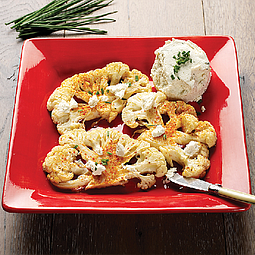Crash course in mulch: What you should know before you hit the ground gardening
August 1, 2012 at 8:22 a.m.
Are you envious of your neighbors' well-manicured garden beds that seem to never need weeding? Are you looking to garden using organic methods? You need to learn more about mulch.
What is Mulch?
Mulch is any covering applied to garden beds and paths, both to protect the soil and to make the garden look attractive. There are many benefits to mulching your garden. Wood, straw and other organic mulch help to enrich the soil. Mulch also acts as a barrier between the plants and the elements, helping to regular the moisture and temperature below ground. Mulch, applied before weeds begin to emerge, will dramatically reduce the amount of weeding required to make your garden look well-kept.
Different Kinds of Mulch
There are basically two types of mulch -- organic and inorganic. Organic mulch, such as wood chips or straw, decomposes over time and will need to be reapplied annually or bi-annually. Inorganic mulch, like rubber pellets or plastic, will last for years and years without having to be replaced. The best mulch for your garden depends on your location, your type of garden and your approach to gardening. Here are just a few to consider:
Wood Mulch -- The most common (and affordable) type of mulch, these include chipped and shredded cedar, pine and cypress.
Cocoa Mulch -- A relatively new type of mulch, cocoa mulch is made from the discarded cocoa shells used in making chocolate and gives a garden an attractive, deep brown look. (IMPORTANT NOTE: do not use cocoa mulch if you have pets; just as chocolate is toxic to cats and dogs, so is cocoa mulch if ingested.)
Rubber Mulch -- Made of recycled tires, rubber mulch pellets look similar to wood chips, but never need to be replaced. These are also a good choice for areas around playground equipment as they give a little if someone falls on them.
Shells -- Popular in coastal areas, shell pieces make attractive, white pathways through the garden.
Where, When and How to Use Mulch
Mulch should be applied gently around plants and trees. Be careful not to apply too thick a layer. About 1/2 to 1" is plenty, especially around trees. Resist the urge to make pyramids of mulch around your trees; you'll suffocate them.
The best time to apply mulch in the Northeast and Midwest is in the spring when the ground has thawed and perennials (and weeds) have yet to emerge. Don't worry: those hardy perennials and bulbs will find a way through the much. In colder climates, mulch in the fall to protect plants during the cold, winter months.
Mulch is more than just an attractive garden accessory. A well-mulched garden is a healthy garden. Make sure to add mulch to your flower beds before spring gets away from you.
Content Provided by Spot55.com





